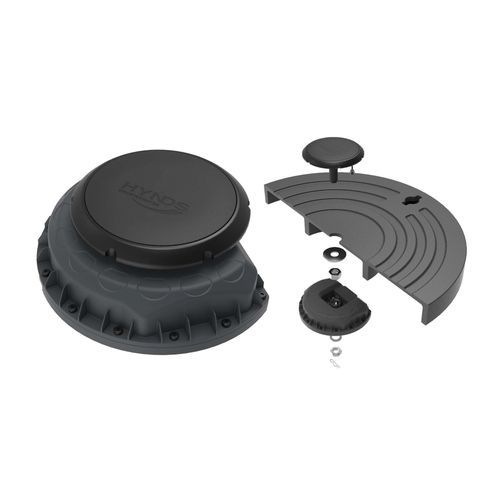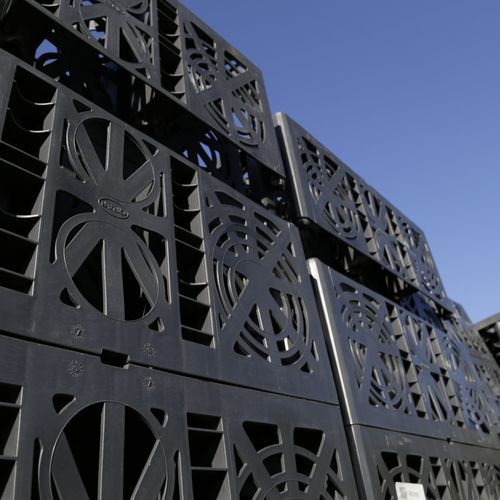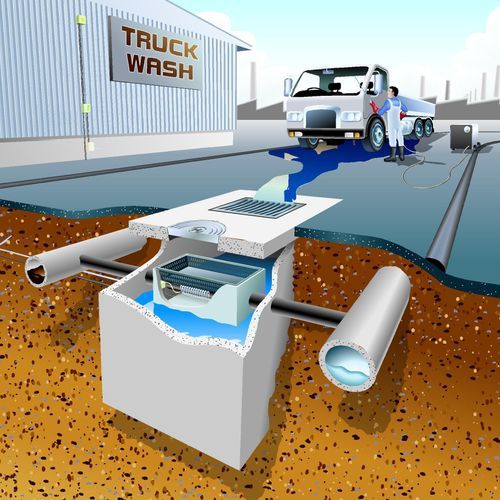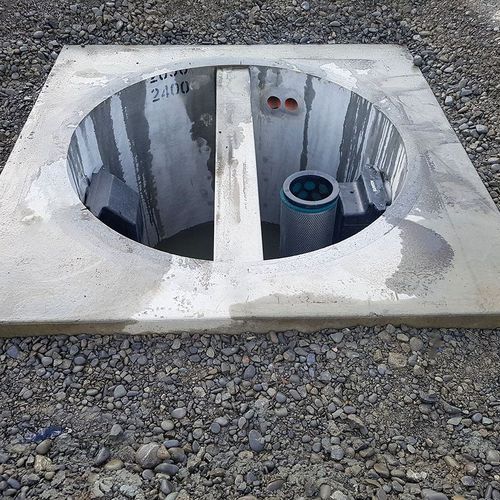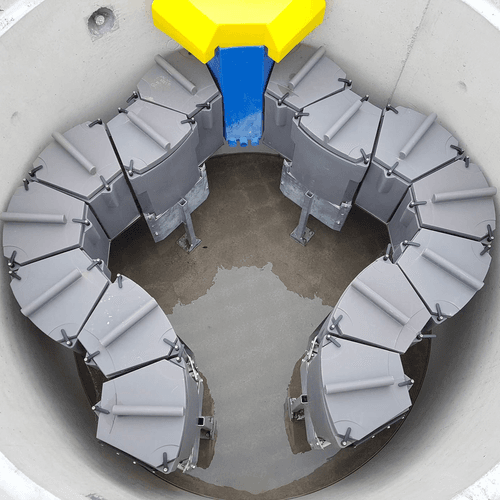Stormwater Management
- Most people consider installing stormwater management systems if they reside in an area where it rains or snows heavily. Moreover, a higher percentage of people have installed stormwater management systems in their homes or offices. They help deal with flood protection and wastewater management and thus help maintain nearby water bodies. If anyone is looking for effective stormwater systems, Archipro has them covered!
Why ArchiPro?
No more endless searching -
Everything you need, all in one place.Real projects, real experts -
Work with vetted architects, designers, and suppliers.Designed for New Zealand -
Projects, products, and professionals that meet local standards.From inspiration to reality -
Find your style and connect with the experts behind it.Start your Project
Start you project with a free account to unlock features designed to help you simplify your building project.
Learn MoreBecome a Pro
Showcase your business on ArchiPro and join industry leading brands showcasing their products and expertise.
Learn More

